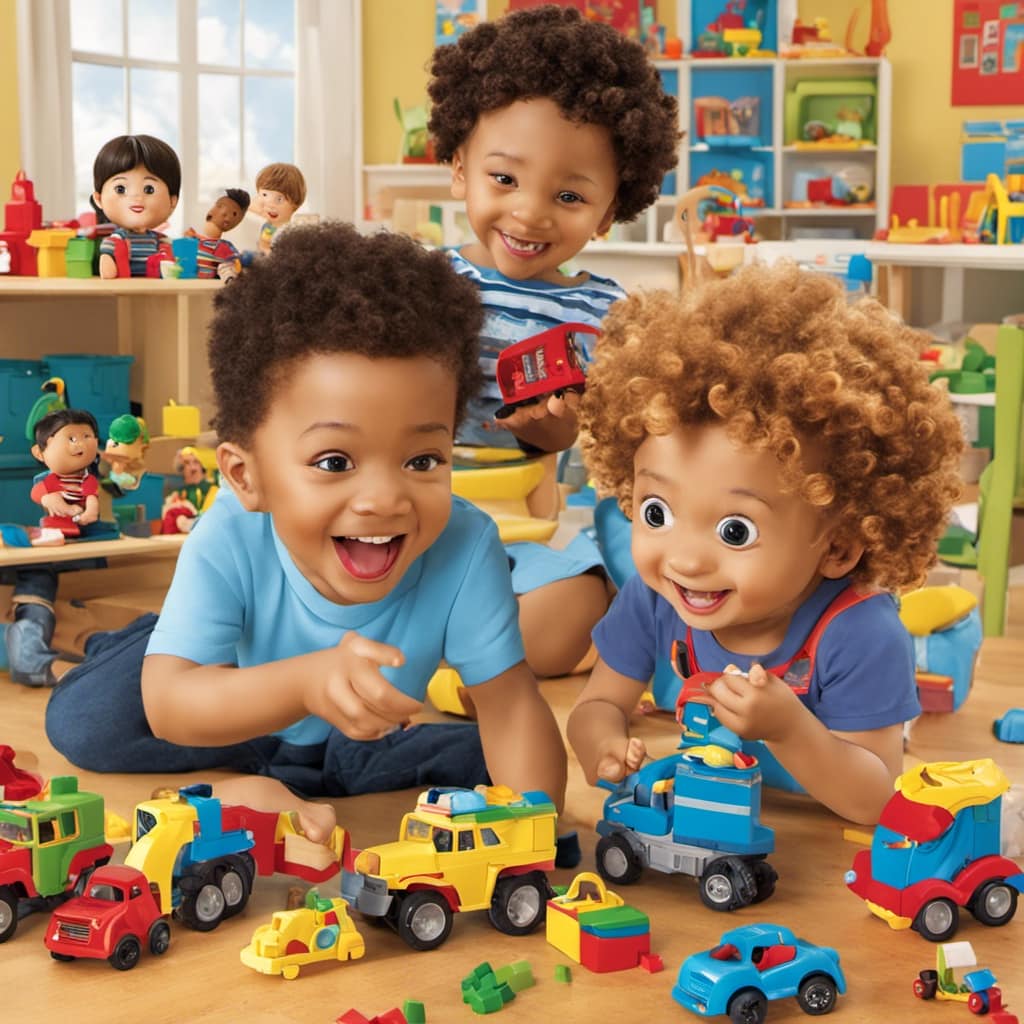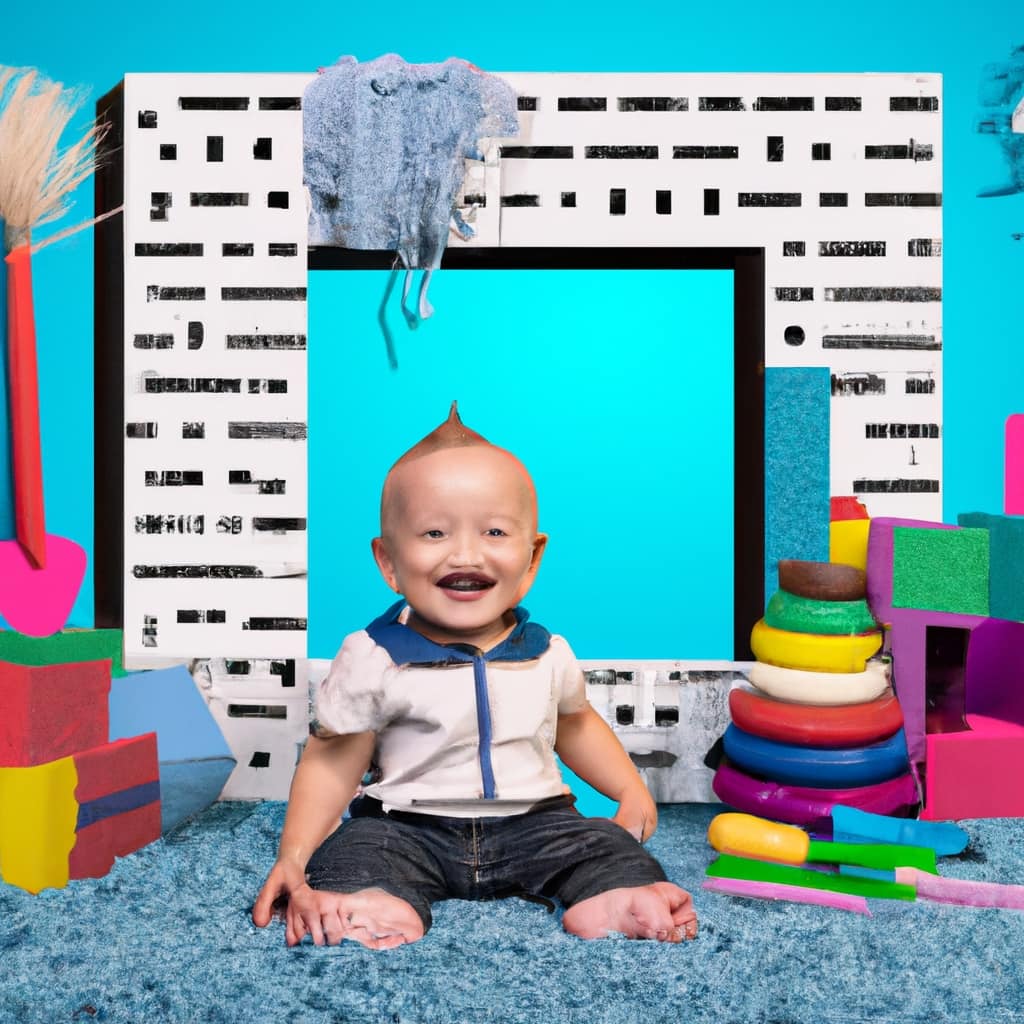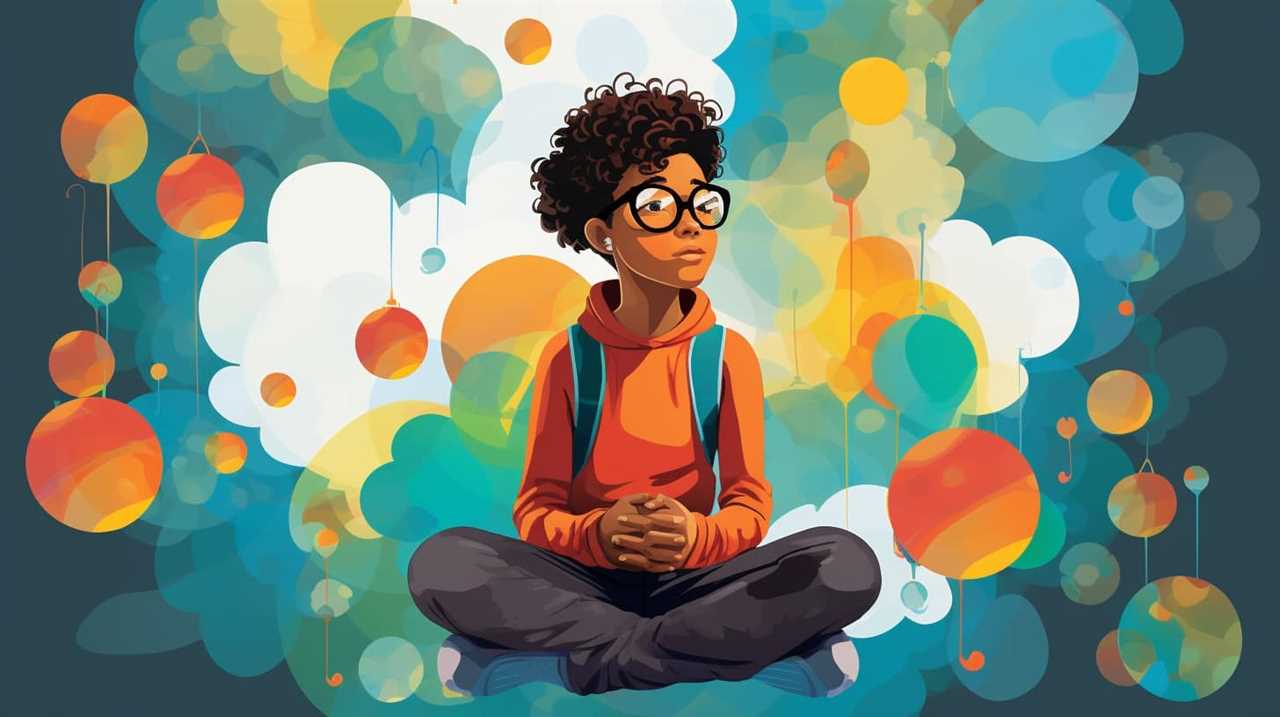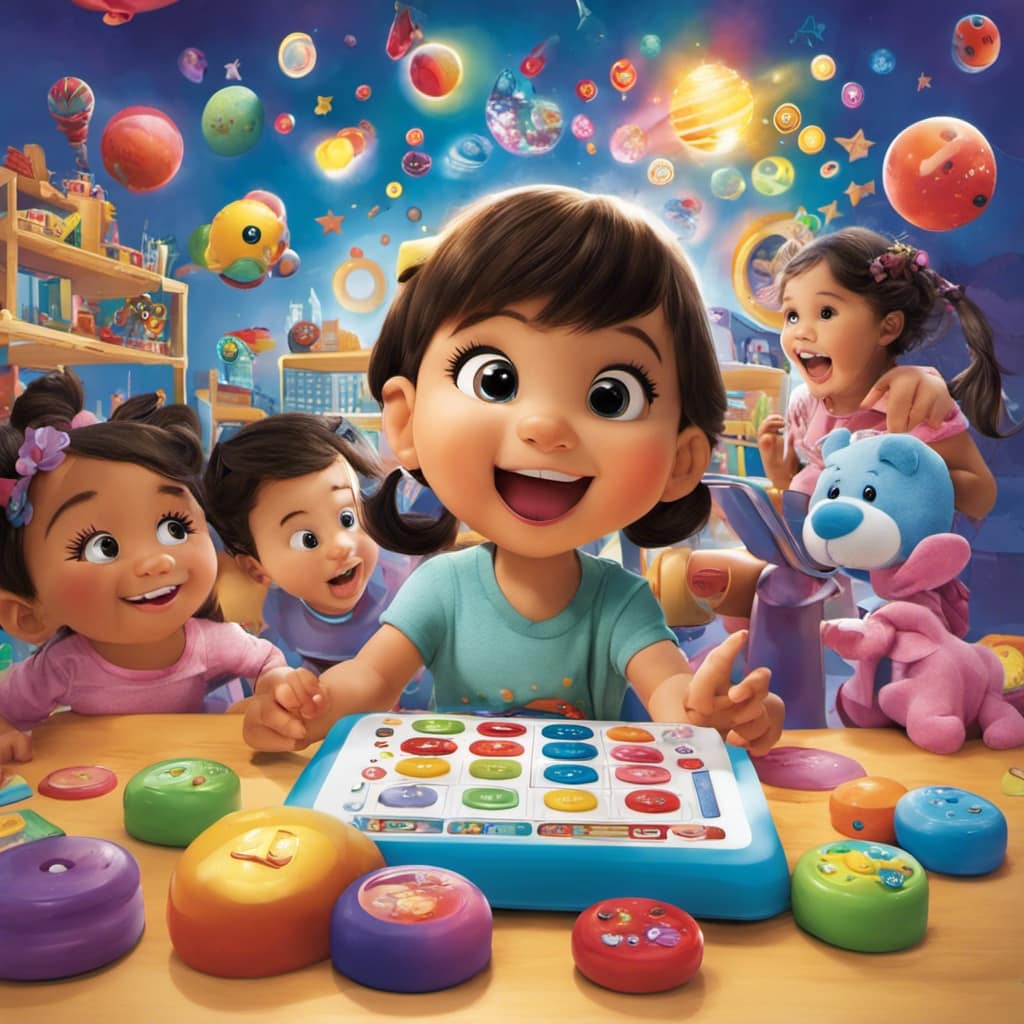As a caregiver, you may be wondering, “Are table top toys really beneficial for my preschool-aged child?” You can be sure that they definitely are!
Table top toys provide a multitude of advantages for our little ones. They not only enhance fine motor skills and hand-eye coordination, but also stimulate sensory development and promote problem-solving abilities.
Moreover, these toys foster imagination, creativity, and independent play, allowing children to explore and learn in their own unique way.
So, let’s delve into the incredible benefits of table top toys for preschoolers.
Key Takeaways
- Develop fine motor skills and hand-eye coordination
- Stimulate sensory development through tactile exploration
- Enhance problem-solving skills and cognitive development
- Foster language development and communication skills
Enhancing Fine Motor Skills Through Table Top Toys
Playing with table top toys is a great way for me to enhance my fine motor skills and improve my hand-eye coordination. There are different types of table top toys that can help develop fine motor skills.
For example, building blocks can improve hand-eye coordination and fine motor control as I stack them and balance them. Puzzles are another great option, as they require precise movements to fit the pieces together. Magnetic toys, such as magnetic letters or animals, can also improve hand-eye coordination as I manipulate and place them on the board.
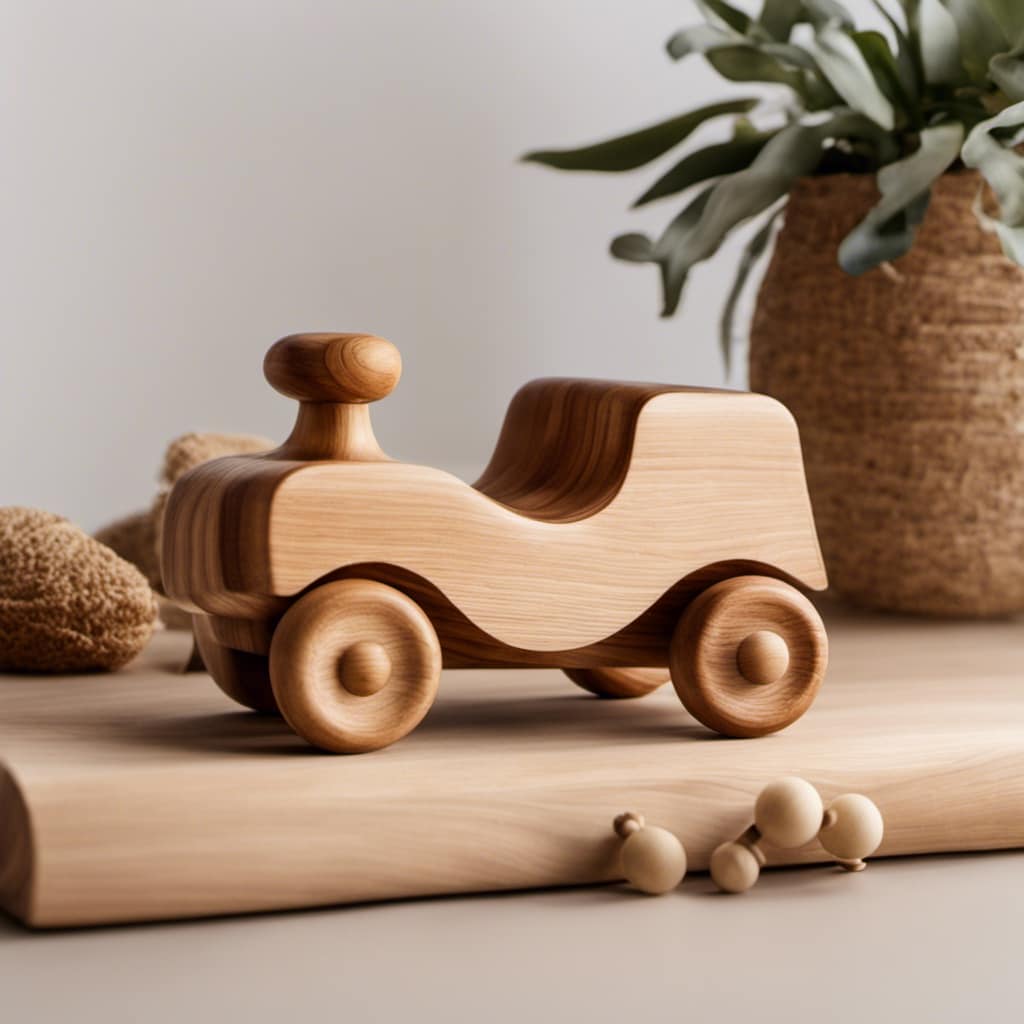
When it comes to improving hand-eye coordination, the best table top toys are those that require precise movements and coordination. By engaging in play with these toys, I can strengthen my hand muscles, improve control of my movements, and develop important skills that will help me in tasks like writing and dressing myself.
Importance of Manipulation Activities
Engaging in manipulation activities with these toys strengthens my hand muscles and improves my coordination. The importance of hand-eye coordination cannot be overstated. It is a crucial skill for everyday tasks such as writing, dressing, and playing sports.
Table top toys that require manipulation, such as puzzles, building blocks, and shape sorters, provide the perfect opportunity to develop this skill. Additionally, these toys offer tactile exploration, which is essential for cognitive development. By feeling the different textures and shapes, children are using their senses to understand the world around them.
This type of sensory play stimulates their brain, enhances problem-solving skills, and fosters creativity. So, while I’m having fun playing with these toys, I’m also developing important skills that will benefit me in many areas of my life.
Communication and Social Skills Development
When I interact with these manipulative activities, I am encouraged to communicate verbally and expand my vocabulary. Playing with table top toys promotes verbal communication and vocabulary expansion. These toys provide a platform for storytelling and imaginative play, allowing me to practice using words and sentences. Through play, I am exposed to new words and phrases, improving my language skills.
The interactive nature of these toys fosters communication and social skills development. As I engage with others in play, I learn to express myself, negotiate, and cooperate. These experiences help me develop important social skills that are essential for interacting with others.
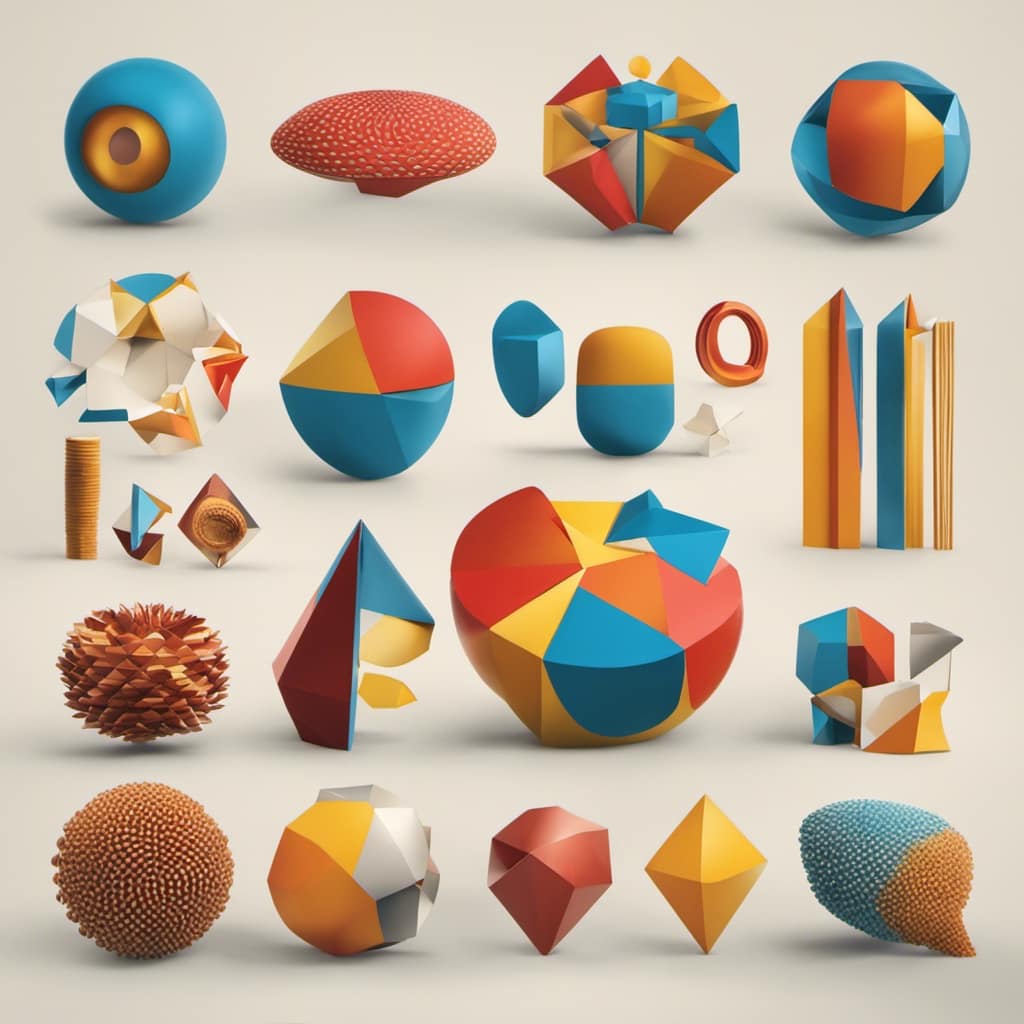
In addition to promoting communication, table top toys also enhance cognitive development and imagination. They encourage critical thinking, stimulate the brain, and improve memory and concentration. Through imaginative play, I can explore and understand the world around me.
Cognitive Development and Imagination
As I interact with these manipulative activities, my problem-solving abilities improve and my imagination is stimulated. Table top toys have a significant impact on cognitive development and imagination in preschoolers. Here are some key benefits:
-
Imagination and Memory Development:
-
Playing with table top toys allows children to create imaginary worlds and scenarios, enhancing their imagination.
-
These toys require children to remember patterns, sequences, and rules, improving their memory development.
-
Critical Thinking and Analysis Skills:
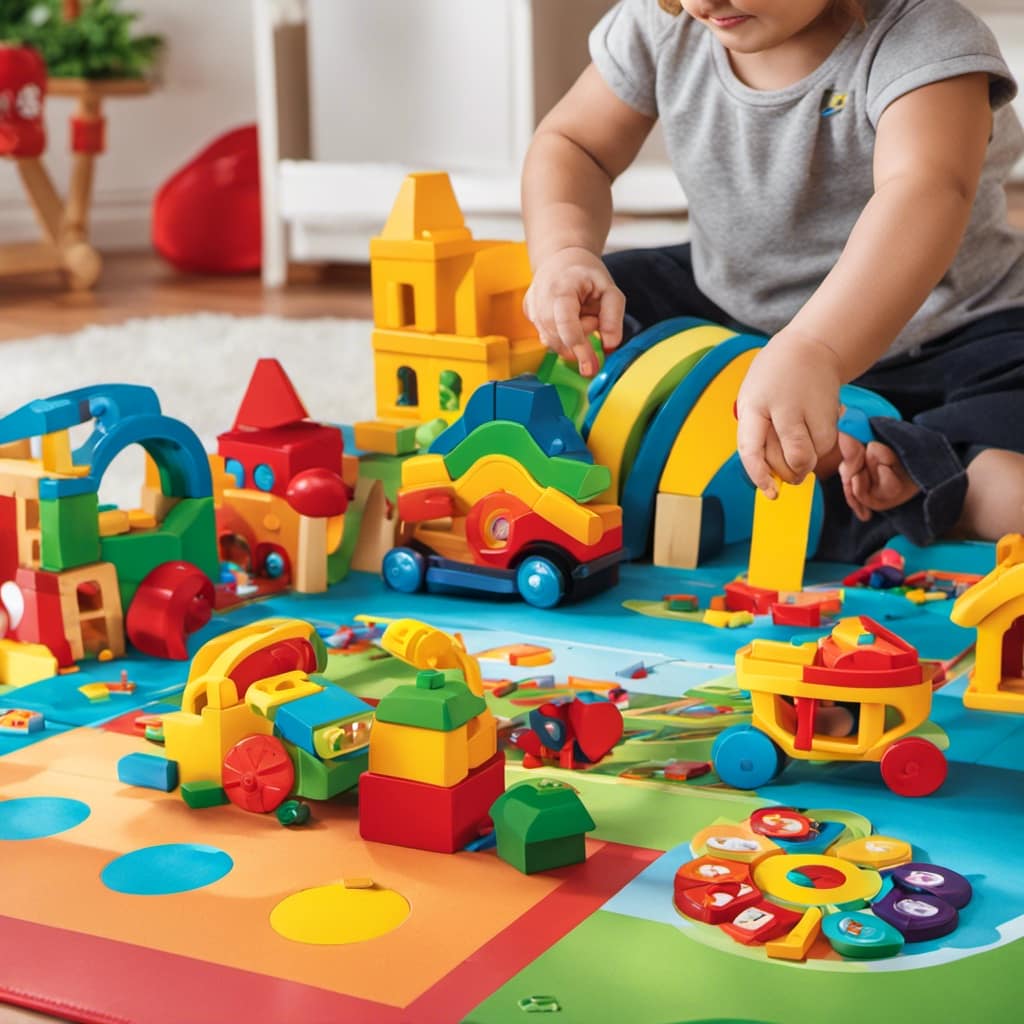
-
Table top toys often involve puzzles, building blocks, or strategy games, which encourage critical thinking and problem-solving skills.
-
These toys require children to analyze information, make decisions, and come up with creative solutions, fostering their analytical abilities.
Stimulating Sensory Development
Playing with these manipulative activities stimulates my sensory development and allows me to explore different textures and sensations. Sensory play is an essential part of early childhood development as it helps me to engage and make sense of the world around me. Through table top toys, I can experience a variety of tactile sensations and engage my senses in a fun and interactive way.
One of the key benefits of sensory play is the opportunity to explore different textures. Whether it’s squishing playdough between my fingers, feeling the smoothness of wooden blocks, or running my hands through sensory bins filled with rice or sand, I am able to develop a greater awareness of different textures. This not only helps me to refine my sense of touch but also supports my cognitive development as I learn to distinguish between different tactile experiences.
Sensory play also allows me to engage in open-ended exploration. Unlike toys with predetermined functions, table top toys offer endless possibilities for imaginative play. I can use my senses to create stories, build structures, and engage in problem-solving. This type of play fosters creativity and encourages me to think critically, improving my cognitive skills.
Incorporating sensory play into my daily routine is not only enjoyable but also beneficial for my overall development. It helps me to develop important fine motor skills, strengthens my hand muscles, and improves my coordination. By engaging with table top toys and exploring different textures, I am preparing myself for future tasks such as writing and dressing independently.
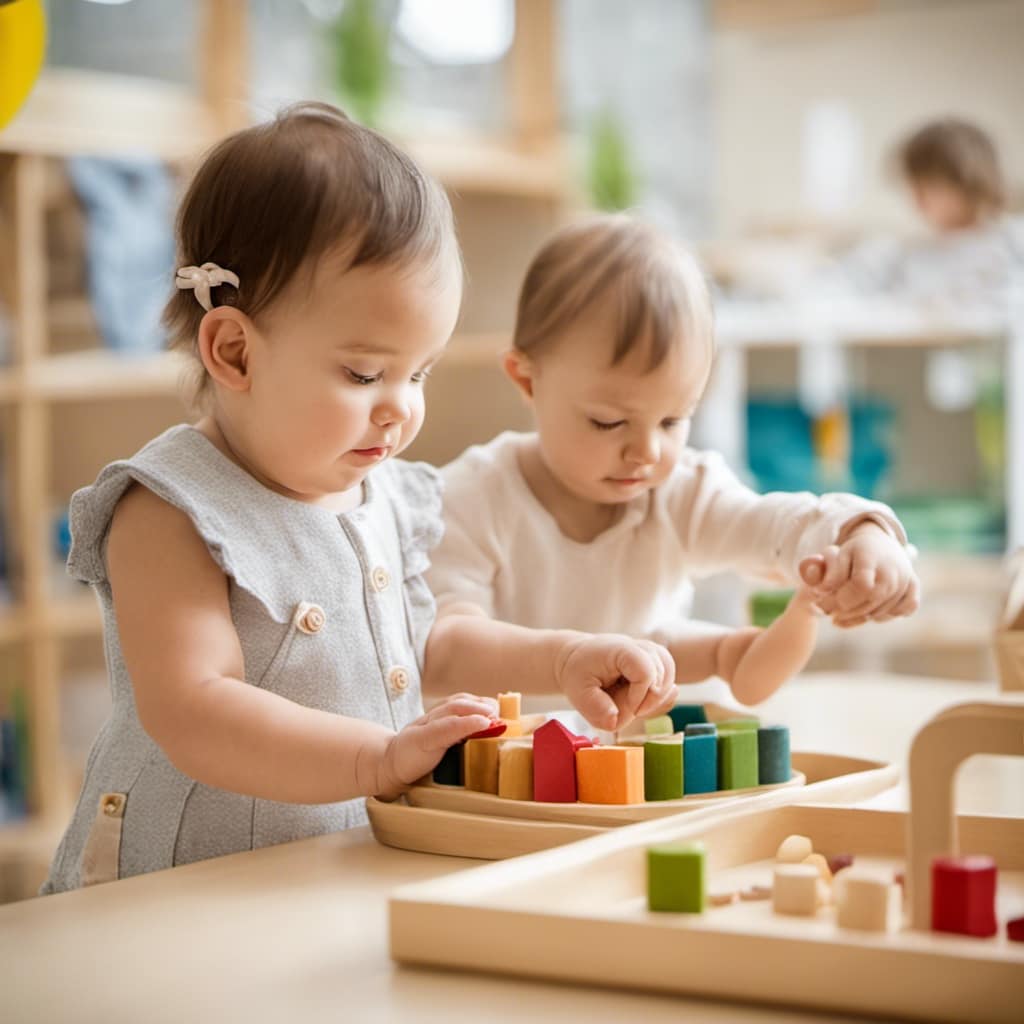
Promoting Problem-Solving Skills
Engaging with these manipulative activities helps me develop problem-solving skills as I explore different ways to solve challenges and overcome obstacles.
-
Promoting Critical Thinking:
-
Table top toys provide opportunities to think critically and find solutions.
-
They encourage logical reasoning and decision-making skills.
-
Encouraging Analytical Skills:
-
Playing with these toys requires analyzing situations and making informed choices.

-
They foster the ability to break down complex problems into smaller, manageable parts.
By engaging with table top toys, children develop the essential skills of critical thinking and analytical reasoning. These activities help them approach problems from different angles and think outside the box.
As they manipulate and interact with the toys, they learn to identify patterns, make connections, and make informed decisions. This promotes their cognitive development and enhances their problem-solving abilities, preparing them for future challenges.
Moreover, these toys encourage children to think independently and explore their own unique solutions, fostering their creativity and imagination.
Fostering Language Development
Using table top toys helped me expand my vocabulary and improve my language skills as I interacted with different objects and engaged in storytelling. These toys provided a platform for me to express my thoughts and ideas, allowing me to practice using words and sentences. Through play, I was exposed to new words and phrases, which enhanced my language skills. The following table highlights the benefits of table top toys in fostering vocabulary expansion and storytelling abilities:
| Benefits of Table Top Toys for Language Development | Evidence |
|---|---|
| Promote vocabulary expansion | Research studies have shown that engaging with table top toys helps children learn new words and phrases. |
| Foster storytelling abilities | By using different objects and creating narratives, children develop their storytelling skills and imagination. |
Enhancing Creativity and Independent Play
In our previous discussion, we explored how table top toys can foster language development in preschoolers. Now, let’s shift our focus to another important aspect of these toys: enhancing creativity and independent play.
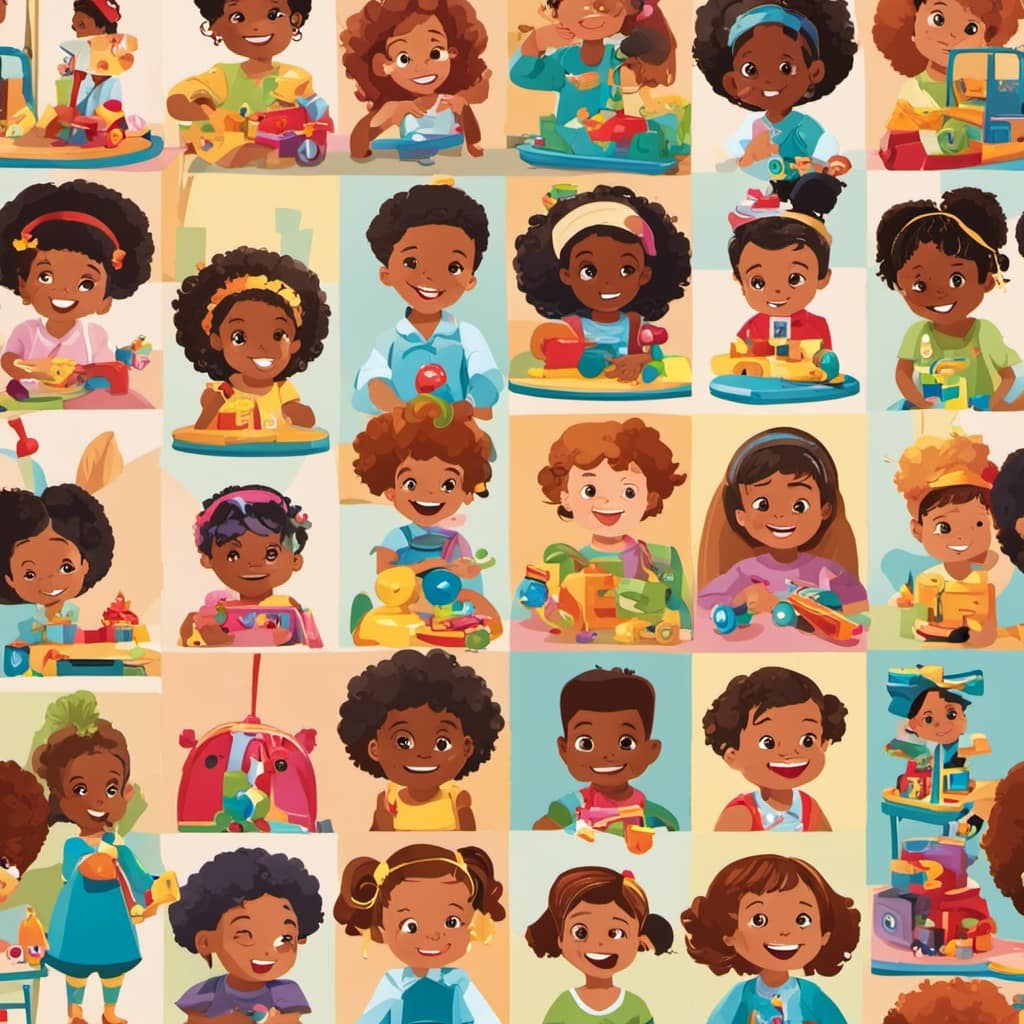
Table top toys provide an ideal platform for encouraging self-expression and inspiring imaginative play. Here are a few reasons why they are so effective in this regard:
- Open-ended play opportunities: Table top toys often come in various shapes, sizes, and colors, allowing children to create their own unique stories and scenarios.
- Role-playing possibilities: With table top toys, children can take on different roles and characters, enabling them to explore different perspectives and think creatively.
- Storytelling and narrative building: These toys provide a great opportunity for children to develop storytelling skills, as they can create their own narratives and share them with others.
Preparing for Future Skills and Tasks
As a parent, I can see how playing with these toys helps my child develop the necessary skills for future tasks and challenges.
Table top toys, such as puzzles and building blocks, prepare children for writing by enhancing their fine motor skills. Manipulating small pieces and gripping objects help develop the hand muscles needed for holding a pencil and forming letters.
These toys also contribute to developing self-dressing skills. Activities like lacing beads or buttoning dolls’ clothes improve hand-eye coordination and finger dexterity, making it easier for children to fasten buttons, zip zippers, and tie shoelaces.
Frequently Asked Questions
How Do Table Top Toys Stimulate Sensory Development in Preschoolers?
Table top toys stimulate sensory development in preschoolers through sensory exploration and fine motor skill practice. They engage children in tactile exploration, enhancing their cognitive and sensory development while also improving their hand-eye coordination.
What Are Some Examples of Manipulation Activities That Can Be Done With Table Top Toys?
Some examples of manipulation activities that can be done with table top toys include twisting, pinching, and grasping. These activities enhance fine motor skills and problem-solving abilities, helping children develop important cognitive and physical abilities.
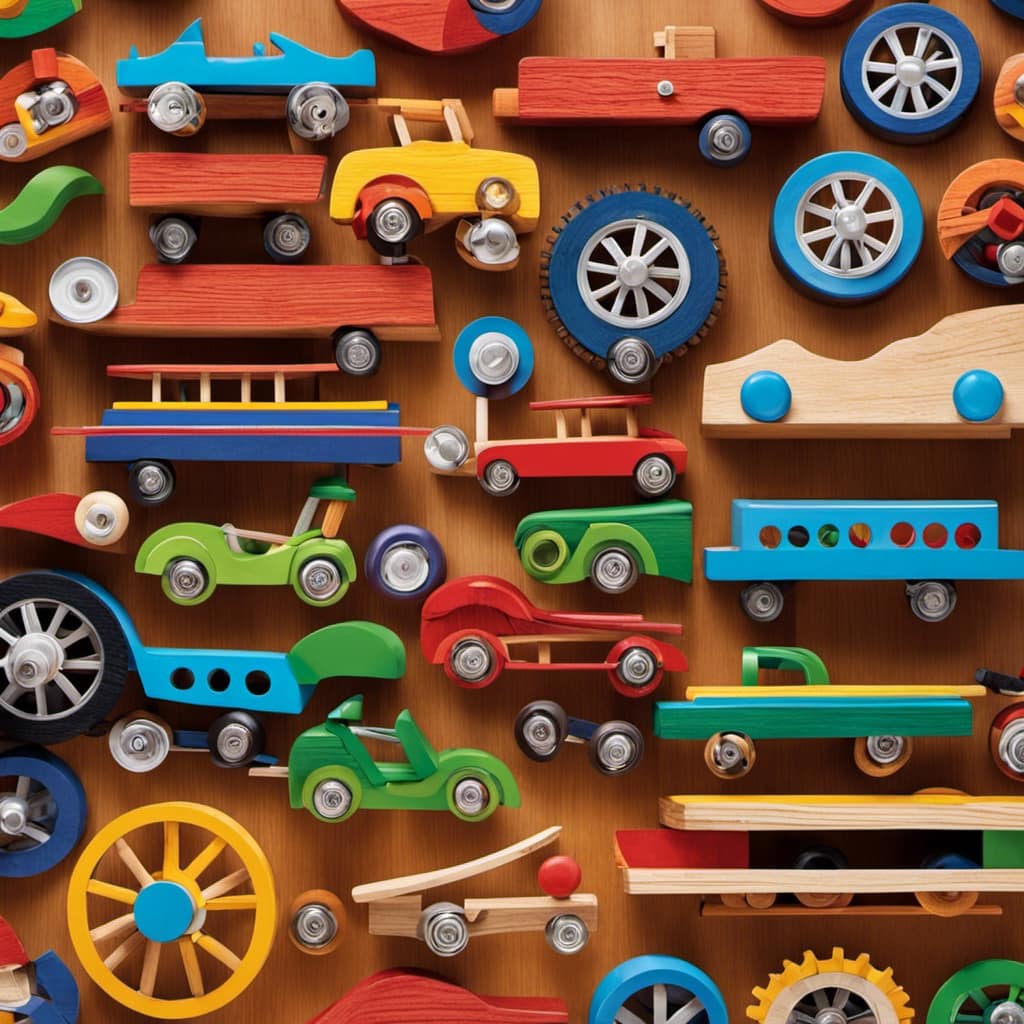
How Do Table Top Toys Enhance Communication and Social Skills in Preschoolers?
Table top toys enhance communication and social skills in preschoolers by encouraging verbal communication, expanding vocabulary, fostering storytelling abilities, and providing opportunities for practicing words and sentences. They promote teamwork and collaboration, enhancing problem-solving skills.
Can Playing With Table Top Toys Improve Cognitive Abilities in Preschoolers?
Playing with table top toys improves cognitive abilities in preschoolers. These toys enhance problem-solving skills and stimulate critical thinking. They encourage analysis, improve memory and concentration, and allow children to use their imagination and be creative.
How Do Table Top Toys Foster Creativity and Independent Play in Preschoolers?
Table top toys foster creativity and independent play in preschoolers by serving as tools for problem solving and critical thinking. They also play a significant role in promoting fine motor skills development.
Conclusion
In conclusion, table top toys offer a myriad of benefits for preschoolers. These toys play a crucial role in a child’s overall development by enhancing fine motor skills and hand-eye coordination, stimulating sensory development, and promoting problem-solving abilities.
By engaging in manipulation activities, children can improve their dexterity and control of movements. This also fosters their imagination and creativity. Moreover, playing with table top toys aids in communication and social skills development, as well as enhancing cognitive abilities and language skills.
So, let’s bring out the table top toys and watch our little ones embark on a journey of growth and exploration!
